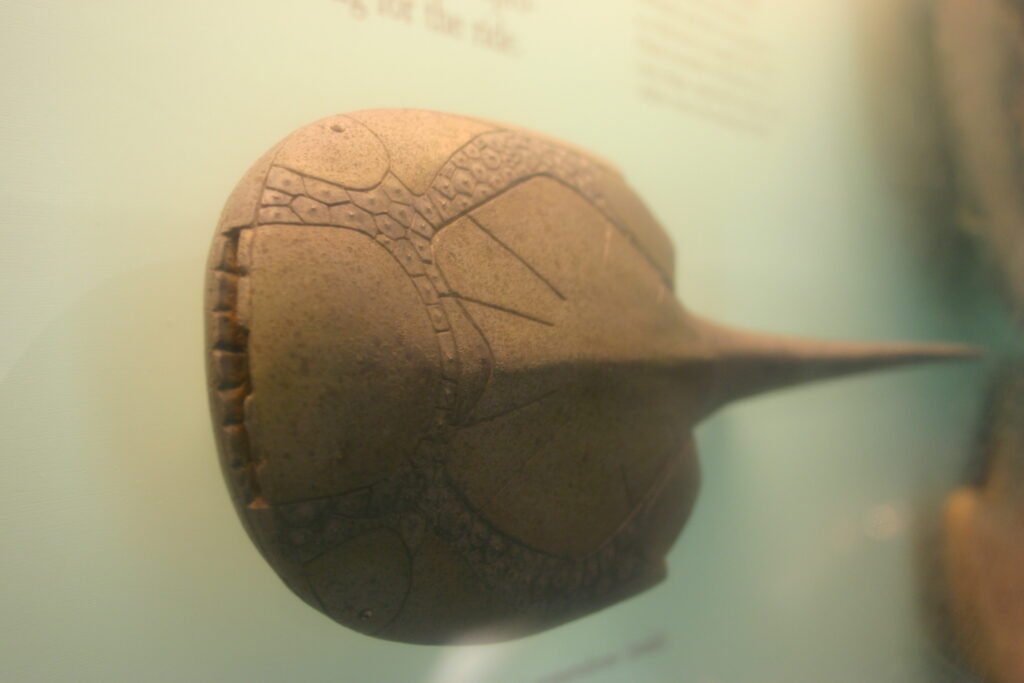Picture this: you’re standing in an aquarium, marveling at the graceful movements of sharks, the colorful display of tropical fish, and the ancient-looking coelacanth in its special tank. What if I told you that, according to modern science, none of these creatures belong to a legitimate taxonomical group called “fish”? It sounds absurd, doesn’t it? After all, we’ve been using this word for thousands of years, and anyone can spot the obvious similarities between these aquatic, finned creatures. Yet this seemingly simple classification has become one of the most fascinating examples of how our understanding of life on Earth has been revolutionized by modern phylogenetic science. The problem isn’t with the animals themselves—it’s with how we’ve traditionally grouped them together.
The Troubling Truth About Traditional Classification

The concept of “fish” has been around since humans first started categorizing the natural world, but modern genetic analysis has revealed a shocking truth about this ancient grouping. In a break to the long tradition of grouping all fish into a single class (Pisces), modern phylogenetics views fish as a paraphyletic group. This means that the traditional category “fish” doesn’t actually represent a natural evolutionary group—it’s more like calling all four-legged furniture “chairs” while ignoring that some are actually tables, benches, and stools with completely different origins and purposes. Taxonomically speaking, there is no official classification called “fishes”. The implications of this discovery have sent shockwaves through the scientific community, forcing us to reconsider one of the most basic ways we understand aquatic life.
Understanding Paraphyly: The Evolutionary Puzzle

To grasp why fish don’t technically exist as a scientific category, we need to understand the concept of paraphyly—a term that sounds intimidating but describes a surprisingly simple problem. Paraphyletic groupings are considered problematic by many taxonomists, as it is not possible to talk precisely about their phylogenetic relationships, their characteristic traits and literal extinction. Think of it like a family reunion where you invite all your cousins except one branch of the family tree—you’re excluding some relatives who share the same grandparents. A famous example of a non-monophyletic group concerns fish. They share a common ancestor with all other vertebrates. By excluding these vertebrates from the fish-group, we are creating a group that does not include all descendants of this common ancestor. In other words, fish are paraphyletic. Technically, fish do not exist. This revelation has fundamentally changed how scientists approach the classification of aquatic vertebrates.
The Phylogenetic Revolution in Biology
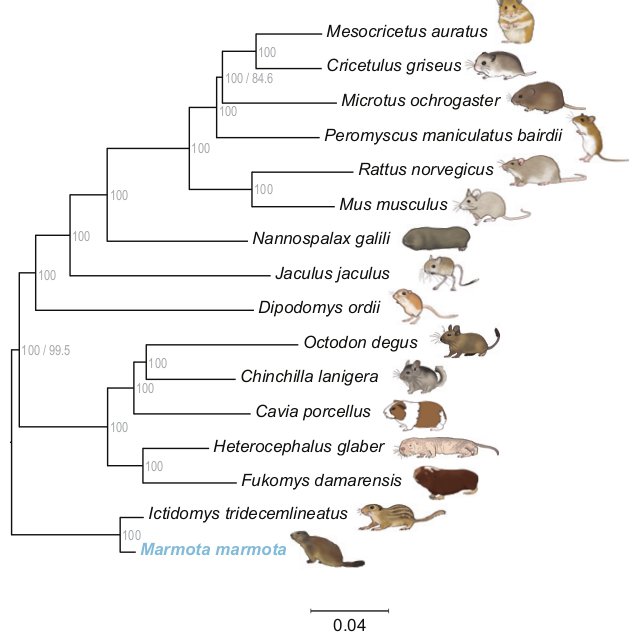
Modern biology underwent a dramatic transformation with the rise of phylogenetic thinking, which focuses on evolutionary relationships rather than simple physical similarities. The term received currency during the debates of the 1960s and 1970s accompanying the rise of cladistics, having been coined by zoologist Willi Hennig to apply to well-known taxa like Reptilia (reptiles), which is paraphyletic with respect to birds. This new approach demanded that all legitimate taxonomic groups be monophyletic—containing an ancestor and all of its descendants, nothing more, nothing less. The rise of cladistic methods revolutionized systematics by proposing that all classification should be based on the idea of “monophyly.” This new system formalized the principle that paraphyletic and polyphyletic taxa were unnatural groupings, which should not be used in taxonomy. Suddenly, many traditional groups that had seemed perfectly logical for centuries were revealed to be evolutionary misfits. Other commonly recognized paraphyletic groups include fish, monkeys, and lizards.
Why Traditional “Fish” Classifications Fall Apart
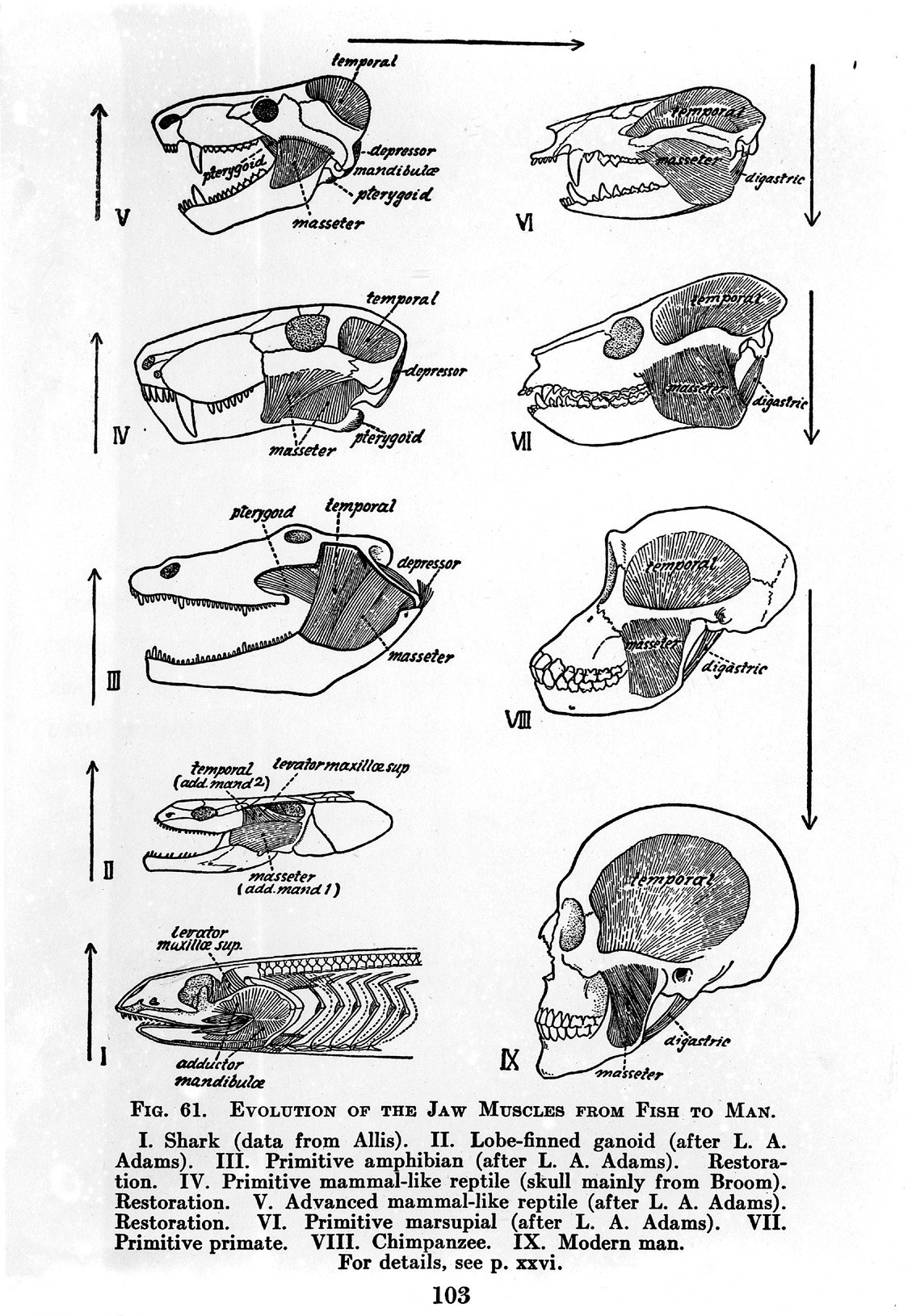
The traditional classification of fish seemed perfectly reasonable when based on observable characteristics like living in water, having gills, and possessing fins. However, modern genetic analysis reveals that these similarities are often superficial when compared to deep evolutionary relationships. Fishes are a paraphyletic group, since any clade containing all fish, such as the Gnathostomata or (for bony fish) Osteichthyes, also contains the clade of tetrapods (four-limbed vertebrates, mostly terrestrial), which are usually not considered fish. This creates an impossible situation: to make “fish” a legitimate scientific group, we would have to include land animals like frogs, lizards, birds, and even humans! Fishes (without tetrapods) are a paraphyletic group and for this reason, the class Pisces seen in older reference works is no longer used in formal classifications. The very foundations of how we categorize aquatic life have been fundamentally challenged.
The Tetrapod Connection: Our Fishy Ancestry

One of the most mind-bending aspects of this taxonomic revolution is the realization that humans and all other land vertebrates are, evolutionarily speaking, a type of fish. Tetrapods evolved from a group of primitive semiaquatic animals known as the tetrapodomorphs which, in turn, evolved from ancient lobe-finned fish (sarcopterygians) around 390 million years ago This means that your family dog has more in common, evolutionarily, with a lungfish than a lungfish does with a goldfish. The transition from an aquatic, lobe-finned fish to an air-breathing amphibian was a significant and fundamental one in the evolutionary history of the vertebrates. The tetrapods, a mostly terrestrial clade of vertebrates that have dominated the top trophic levels in both aquatic and terrestrial ecosystems since the Late Paleozoic, evolved from lobe-finned fish during the Carboniferous, developing air-breathing lungs homologous to swim bladders. Despite the cladistic lineage, tetrapods are usually not considered to be fish. This paradox illustrates perfectly why the traditional concept of “fish” creates such problems for modern taxonomy.
The Molecular Evidence Revolution
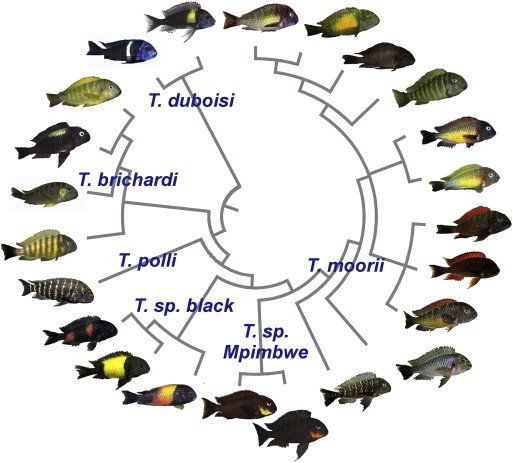
The shift away from traditional fish classification wasn’t based on theoretical arguments alone—it was driven by hard molecular evidence that revealed previously hidden evolutionary relationships. The updated classification presented here is based on phylogenies inferred using molecular and genomic data for nearly 2000 fishes. Scientists began sequencing DNA and comparing genetic similarities between different species, often finding that creatures that looked completely different were actually close relatives, while seemingly similar animals were only distantly related. The molecular data also strongly supports lungfish as tetrapod’s closest living relative. Lungfish is, at the date, the closest living relative to tetrapods This genetic revolution completely overturned centuries of classification based purely on physical appearance. Incorporating genetic data into taxonomic practices offers a more comprehensive view of biodiversity, revealing connections among organisms that were previously obscured. For example, the integration of molecular phylogenetics enables a deeper understanding of evolutionary relationships, fostering a more cohesive picture of life’s history.
The Diversity Dilemma: Too Many Different Origins

When scientists mapped out the evolutionary tree of all vertebrates using genetic data, they discovered that what we call “fish” actually represents multiple independent evolutionary lineages that happened to end up in similar environments. Fish can be grouped into the more basal jawless fish and the more common jawed fish, the latter including all living cartilaginous and bony fish, as well as the extinct placoderms and acanthodians. Fish account for more than half of vertebrate species. As of 2016, there are over 32,000 described species of bony fish, over 1,100 species of cartilaginous fish, and over 100 hagfish and lampreys. The staggering diversity within this group reflects not a single evolutionary origin, but rather multiple branches of the vertebrate family tree that independently adapted to aquatic life. There are about 28,000 existing species of fish, and they are placed in five different classes. The classes are commonly referred to as hagfish, lampreys, cartilaginous fish, ray-finned fish, and lobe-finned fish This incredible variety actually supports the argument that “fish” is an artificial grouping rather than a natural one.
Cartilaginous Fish: A Separate Evolutionary Path

Sharks, rays, and skates represent one of the most distinctive groups within the traditional “fish” category, and their evolutionary history reveals just how problematic this grouping really is. These cartilaginous fish diverged from other vertebrates hundreds of millions of years ago, developing a completely different skeletal system made of cartilage rather than bone. Their unique characteristics include multiple rows of teeth that are constantly replaced, specialized electrical sense organs, and internal fertilization—features that set them dramatically apart from bony fish. The evolutionary distance between sharks and, say, salmon is so vast that grouping them together as “fish” is like calling both birds and bats “flying animals” while ignoring their completely different evolutionary origins. This ancient lineage has remained relatively unchanged for millions of years, representing a successful but entirely separate approach to aquatic vertebrate life.
Ray-Finned Fish: The Dominant Aquatic Vertebrates

About 96% of all living fish species today are teleosts, a crown group of ray-finned fish that can protrude their jaws. This massive group includes everything from tiny minnows to giant tuna, representing the most successful radiation of aquatic vertebrates in Earth’s history. Ray-finned fish include the majority of living fish species, including goldfish, tuna, salmon, perch, and cod. They have a bony endoskeleton and a swim bladder. Their thin fins consist of webs of skin over flexible bony rays, or spines. The fins lack muscle, so their movements are controlled by muscles in the body wall. Despite their incredible diversity and dominance in aquatic environments, ray-finned fish represent just one branch of the vertebrate family tree. Their success has been so remarkable that they’ve colonized virtually every aquatic habitat on Earth, from the deepest ocean trenches to mountain streams, but this doesn’t make them a complete or natural grouping when tetrapods are excluded.
Lobe-Finned Fish: The Tetrapod Connection

Perhaps the most fascinating group within the traditional “fish” category are the lobe-finned fish, which include coelacanths and lungfish—creatures that hold the key to understanding why “fish” isn’t a valid taxonomic group. Tetrapods as a group belong to the lobe-finned vertebrates, whose only other modern representatives are the coelacanth and the lungfishes. These all had a common ancestor in the Early Devonian, meaning that, although they are related, these three groups are all very specialized in their own ways. Most modern evidence suggests that lungfishes are more closely related to tetrapods than are coelacanths, despite earlier conceptions of the coelacanth as an iconic “tetrapod ancestor.” Lobe-finned fish are currently far fewer in number than ray-finned fish. Their fins, like the one shown in Figure above, contain a stump-like appendage of bone and muscle. These remarkable creatures bridge the gap between aquatic and terrestrial life, possessing characteristics that would eventually allow their descendants to colonize land. The fact that lungfish are more closely related to humans than to goldfish perfectly illustrates the problems with traditional fish classification.
Jawless Fish: The Ancient Outliers
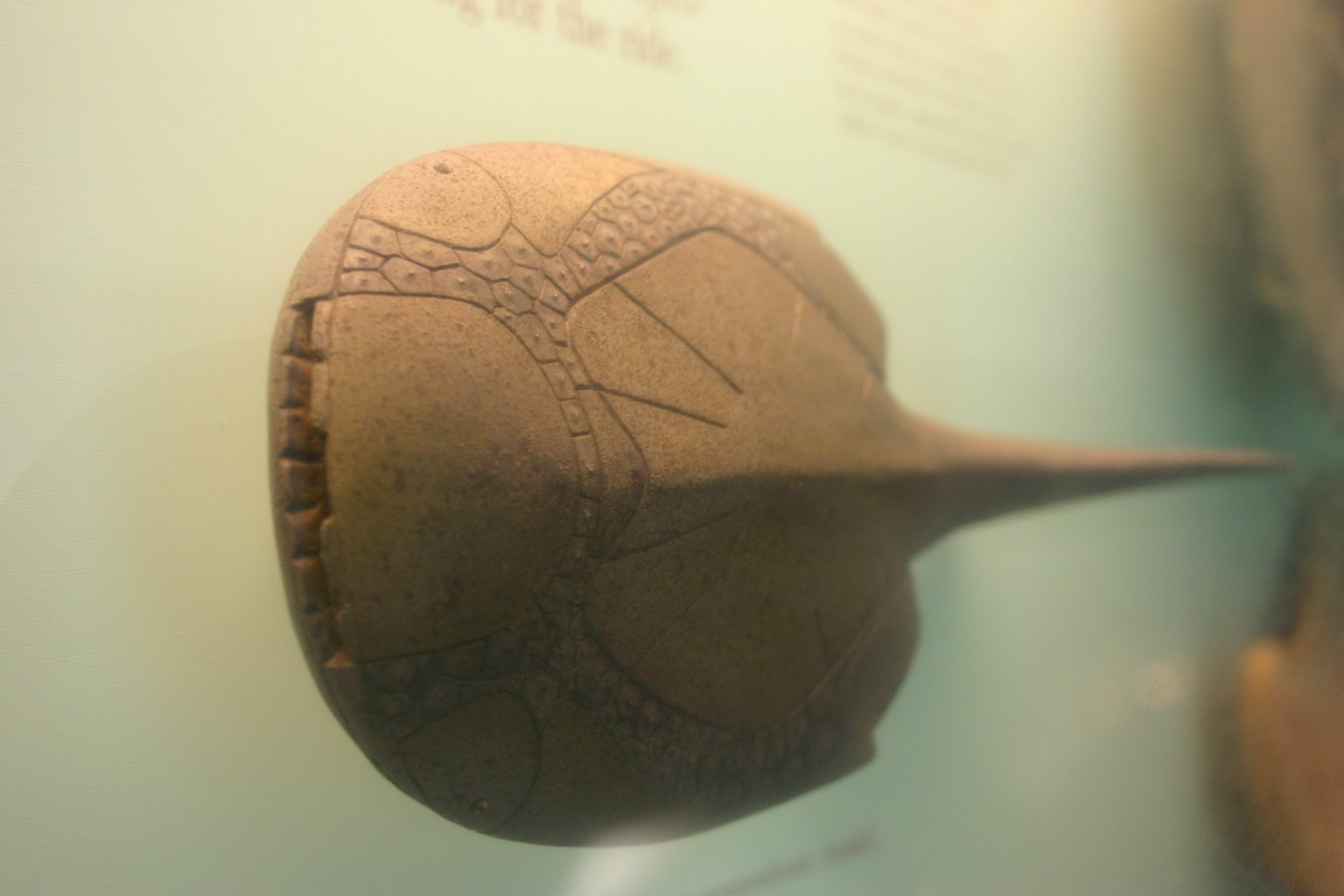
At the very base of the vertebrate family tree sit the jawless fish—hagfish and lampreys—representing some of the most ancient vertebrate lineages still alive today. They are classified as vertebrates mainly because they have a cranium. Hagfish are noted for secreting large amounts of thick, slimy mucus. The mucus makes them slippery, so they can slip out of the jaws of predators. Like hagfish, lampreys also lack scales, but they have fins and a partial backbone. The most striking feature of lampreys is a large round sucker, lined with teeth, that surrounds the mouth. Lampreys use their sucker to feed on the blood of other fish species. These bizarre creatures are so different from other vertebrates that some scientists question whether they should even be included in the same major grouping. Their primitive characteristics and unique adaptations represent evolutionary experiments that took place hundreds of millions of years ago, long before the groups we typically think of as “fish” even existed.
The Convergent Evolution Problem

One of the most compelling arguments against the traditional fish category is the phenomenon of convergent evolution—where unrelated organisms independently develop similar characteristics in response to similar environmental pressures. Some tetrapods, such as cetaceans and ichthyosaurs, have secondarily acquired a fish-like body shape through convergent evolution. Whales and dolphins, for example, have returned to an aquatic lifestyle and developed many fish-like features despite being mammals that evolved from land-dwelling ancestors. Similarly, some extinct marine reptiles like ichthyosaurs looked remarkably fish-like but were no more related to true fish than humans are. This demonstrates that swimming in water and having a streamlined body shape aren’t reliable indicators of evolutionary relationship. The fact that completely unrelated lineages can evolve to look like “fish” while remaining taxonomically distant from actual aquatic vertebrates further undermines the validity of fish as a scientific category.
Modern Taxonomic Challenges and Solutions
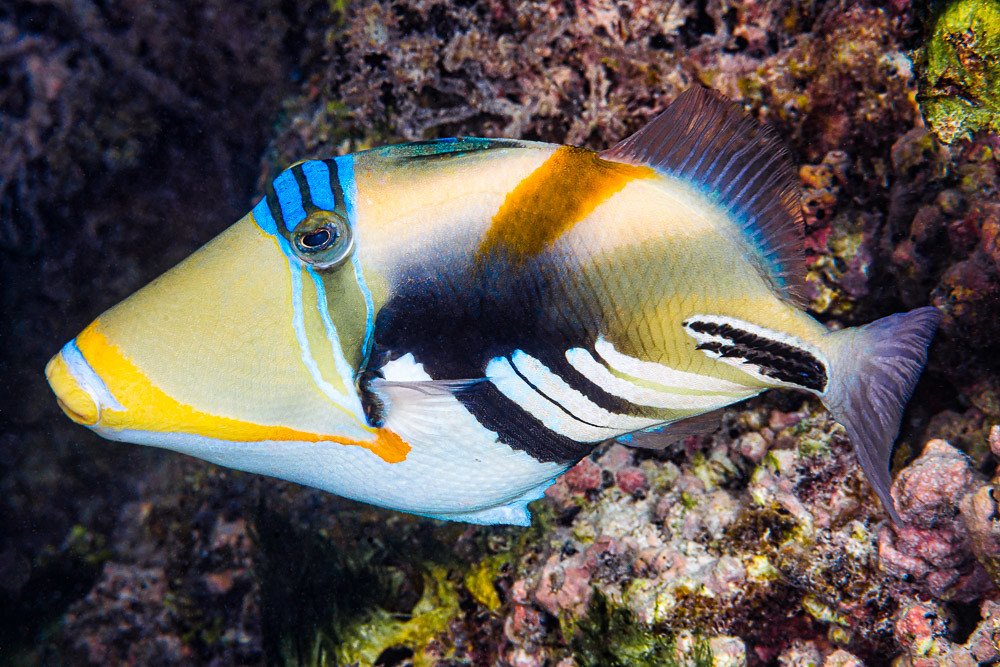
The realization that fish don’t exist as a valid taxonomic group has created significant challenges for scientists trying to develop new classification systems. A total of 72 orders (and 79 suborders) are recognized in this version, compared with 66 orders in version 1. The phylogeny resolves placement of 410 families, or ~80% of the total of 514 families of bony fishes currently recognized. Fish classifications, as those of most other taxonomic groups, are being transformed drastically as new molecular phylogenies provide support for natural groups that were unanticipated by previous studies. A brief review of the main criteria used by ichthyologists to define their classifications during the last 50 years, however, reveals slow progress towards using an explicit phylogenetic framework. Instead, the trend has been to rely, in varying degrees, on deep-rooted anatomical concepts and authority, often mixing taxa with explicit phylogenetic support with arbitrary groupings. Scientists now focus on monophyletic clades—groups that include an ancestor and all of its descendants—rather than convenient but artificial categories. One problem concerns the taxonomy of the fishes because there have been extensive changes, mainly due to an increased splitting of species in recent years in Europe. We compare cluster analyses of river basin fish fauna in Greece using two taxonomic datasets: the older fish taxonomy (from 1991) and the current taxonomy that now follows the phylogenetic species concept (PSC), which has become widely established in Europe after 2007. Cluster analyses using the older fish taxonomy depicts only two major biogeographical regional divisions, while the current taxonomy defines four major regional divisions in mainland Greece.
The Practical Implications of No Fish

While the scientific abandonment of “fish” as a taxonomic category might seem like an abstract academic concern, it has real-world implications for conservation, fisheries management, and biological research. Moreover, the current fish taxonomy provides many conservation opportunities because it has brought many less-regarded former “subspecies” to the conservation arena. In our review in Greece, the current taxonomy does corroborate the broadly fish-based biogeographic freshwater ecoregional boundaries as well. In addition, we have shown here that zoogeographers were well aware of these major regional biogeographic boundaries before the current taxonomy was used in species-based numerical classification analyses. When we understand the true evolutionary relationships between aquatic species, we can make better decisions about which groups need protection and how different species might respond to environmental changes. The old system of lumping everything aquatic with fins into one category obscured important differences in evolutionary history, physiology, and ecological needs. Modern phylogenetic approaches help scientists understand which groups share common vulnerabilities and which require completely different conservation strategies.
Educational and Cultural Resistance

Despite the overwhelming scientific evidence against fish as a legitimate taxonomic category, changing educational curricula and public understanding has proven remarkably difficult. In taxonomy, paraphyletic groups serve as a reminder of the dynamic nature of scientific classification. As new discoveries are made and genetic data becomes more accessible, the boundaries of these groups are continually reassessed. This ongoing process highlights the importance of integrating both traditional and modern approaches to achieve a more comprehensive understanding of life’s diversity. These are terms to describe names we give things that don’t really follow phylogeny accurately. Fish, for example – a monophyletic group involving fish would include humans, too, yet there are many cases where it

